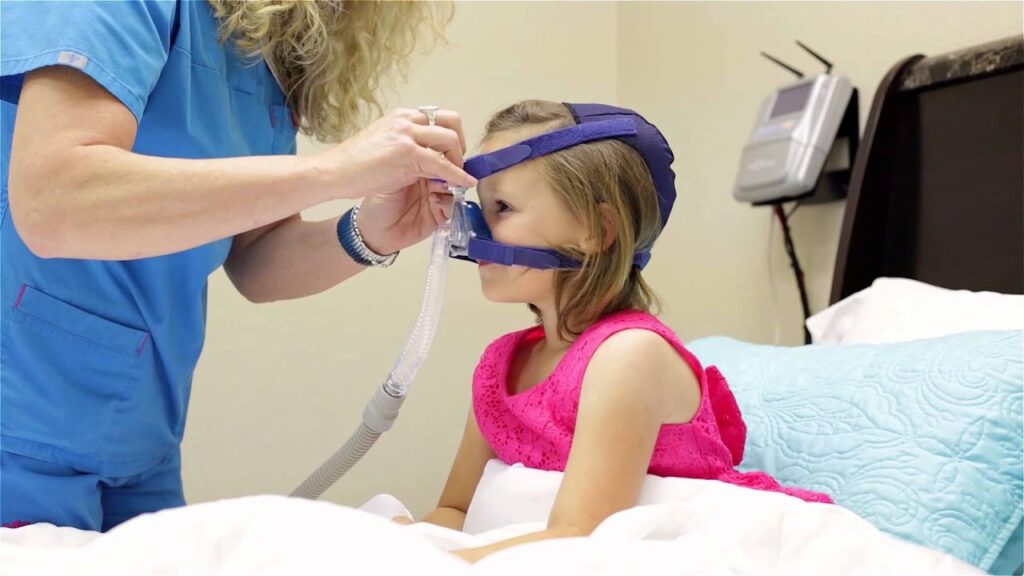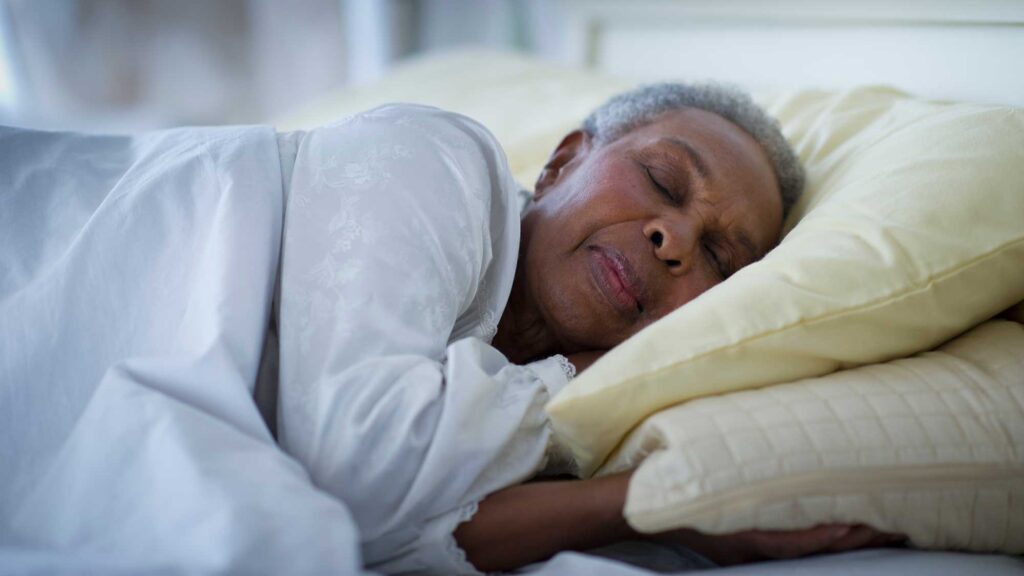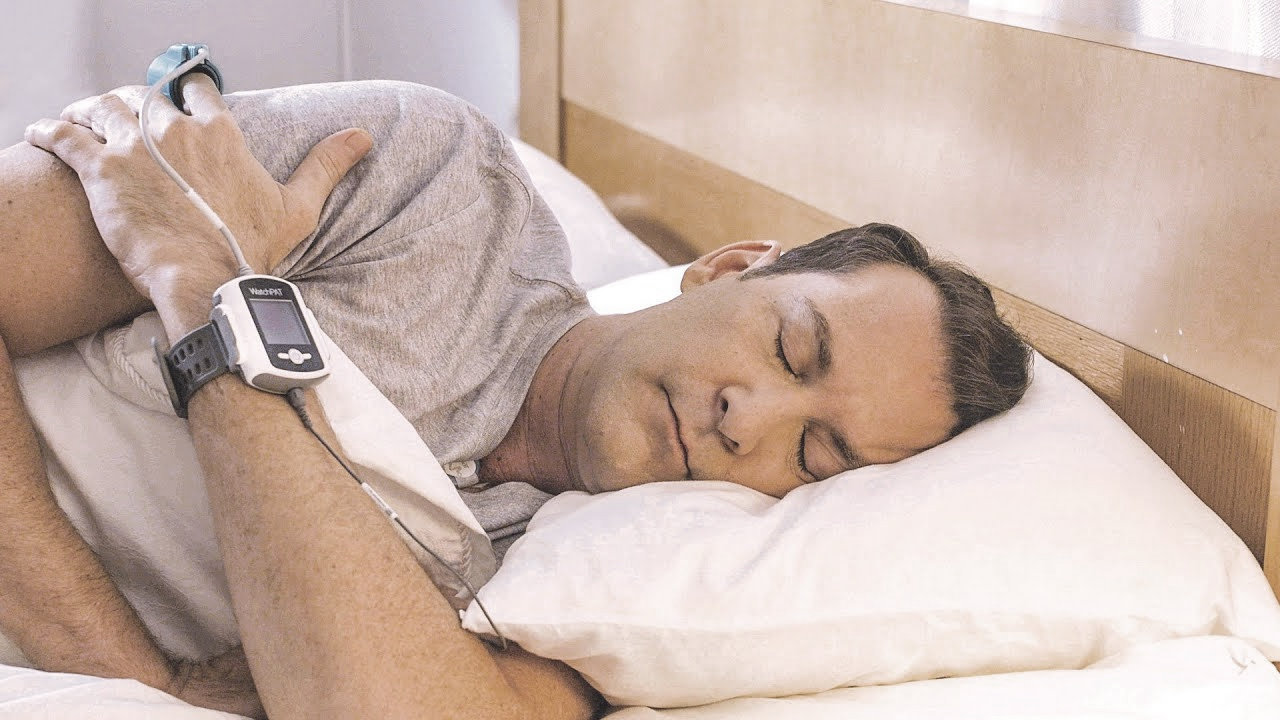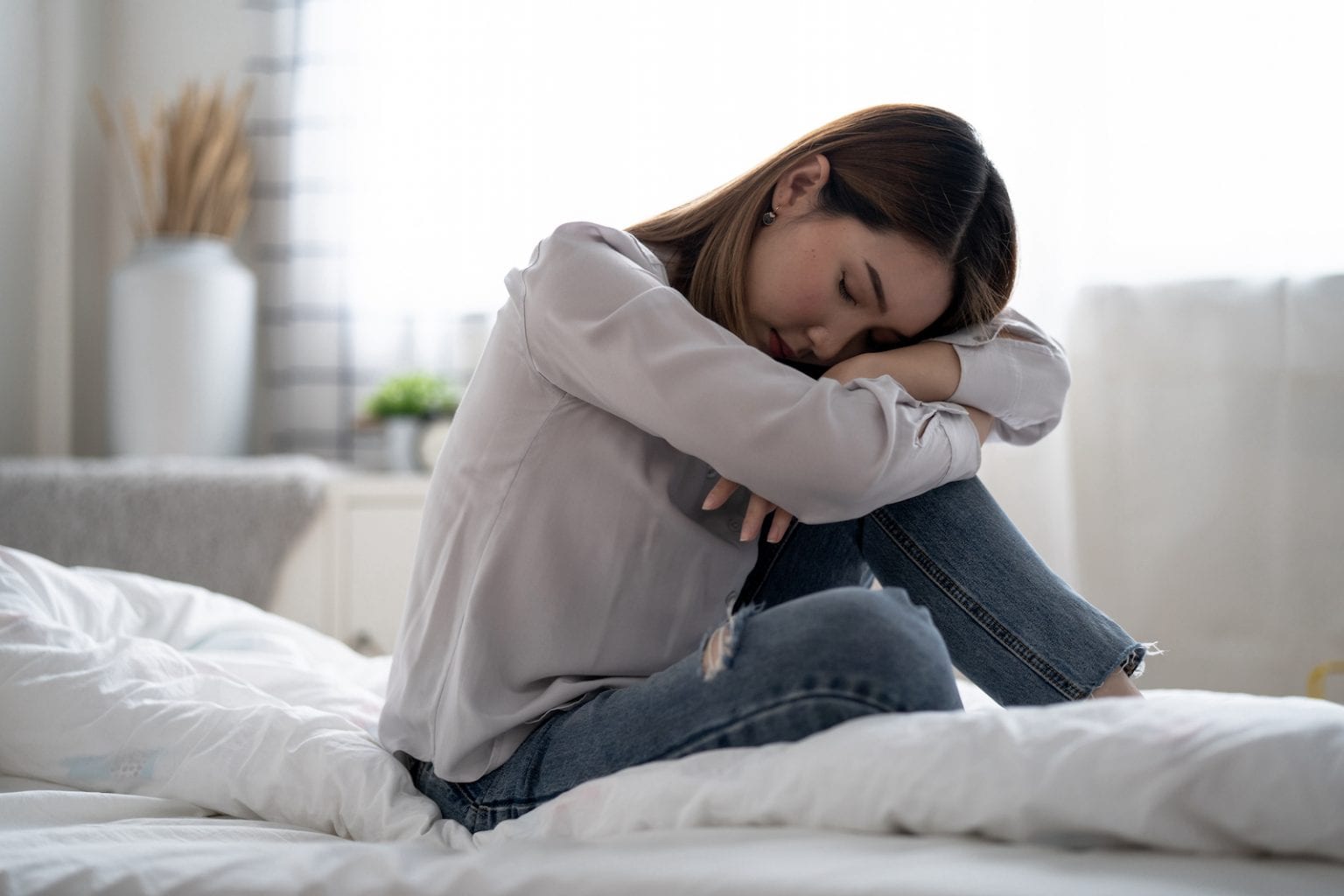Home Sleep Apnea Testing in Australia: Convenience and Accuracy
Sleep apnea is a common sleep disorder that affects millions of people worldwide. It is characterized by pauses in breathing during sleep, often accompanied by loud snoring and gasping for air. This condition not only disrupts the quality of sleep but can also have serious health risks if left untreated. In Australia, home sleep apnea testing has emerged as a convenient and accurate way to diagnose this condition.
Understanding Sleep Apnea
Sleep apnea is a complex disorder that affects the respiratory system during sleep. It occurs when the muscles in the back of the throat fail to keep the airway open, leading to brief interruptions in breathing. These interruptions, known as apneas, can last for a few seconds to a minute and can occur multiple times throughout the night. The severity of sleep apnea is typically measured by the number of apneas per hour of sleep.
Sleep apnea home test Australia has revolutionized the way sleep apnea is diagnosed in Australia. Its convenience, accuracy, and affordability make it an attractive option for individuals seeking to understand their sleep patterns and address potential health risks associated with sleep apnea. As technology continues to advance, home sleep apnea testing is likely to become even more accessible and user-friendly, ultimately leading to improved outcomes for individuals with sleep apnea.
Individuals with sleep apnea may experience fragmented sleep patterns, leading to poor sleep quality and daytime fatigue. The repeated drops in oxygen levels during apneas can put a strain on the heart and other organs, impacting overall health and well-being. It is essential to diagnose and treat sleep apnea to prevent long-term complications.
The Science Behind Sleep Apnea
Sleep apnea can be broadly categorized into three types: obstructive sleep apnea (OSA), central sleep apnea, and complex sleep apnea syndrome (CSAS). OSA, the most common type, occurs when the muscles in the throat relax and block the airway. Central sleep apnea, on the other hand, is caused by a failure of the brain to signal the muscles to breathe. CSAS is a combination of both obstructive and central sleep apnea.
Obesity, smoking, alcohol consumption, and anatomical factors such as a narrow airway or enlarged tonsils can contribute to the development of sleep apnea. Understanding the underlying causes of the condition is crucial in determining the most effective treatment approach, which may include lifestyle changes, continuous positive airway pressure (CPAP) therapy, or surgery in severe cases.

Symptoms and Risks of Sleep Apnea
Sleep apnea often goes undiagnosed as its symptoms are often attributed to other causes. Common symptoms include loud snoring, excessive daytime sleepiness, morning headaches, irritability, and difficulty concentrating. If left untreated, sleep apnea can increase the risk of various health problems such as high blood pressure, heart disease, stroke, and diabetes.
Individuals with untreated sleep apnea may also be at a higher risk of accidents, as the daytime fatigue and impaired cognitive function associated with the condition can affect performance at work or while driving. Seeking medical evaluation for suspected sleep apnea is crucial in improving both quality of life and overall health outcomes.
The Emergence of Home Sleep Apnea Testing
Traditionally, sleep apnea diagnosis required an overnight stay at a sleep center where a patient’s sleep patterns were monitored using polysomnography (PSG) equipment. However, the inconvenience and high cost associated with sleep center testing led to the development of home sleep apnea testing as a more accessible alternative.
The Evolution of Sleep Apnea Testing
Home sleep apnea testing has evolved significantly over the years. Initially, portable monitoring devices were introduced, which allowed patients to undergo sleep apnea testing in the comfort of their own homes. These devices measured essential parameters such as airflow, oxygen levels, and breathing effort. Today, advanced home sleep apnea testing devices have become smaller, more user-friendly, and capable of providing accurate results.
Moreover, technological advancements have enabled the integration of wireless connectivity in some home sleep apnea testing devices. This feature allows for real-time data transmission to healthcare providers, facilitating prompt analysis and diagnosis. The ability to monitor sleep patterns remotely offers convenience and efficiency to both patients and medical professionals. Find more about data transmission at https://cis.temple.edu/~giorgio/cis307/readings/datatrans.html
Benefits of Home Testing
Home sleep apnea testing offers several advantages over traditional lab-based testing. Firstly, it eliminates the need for an overnight stay at a sleep center, saving patients valuable time and effort. Additionally, home testing devices are generally more affordable, making sleep apnea diagnosis more accessible to a wider range of individuals.
Furthermore, the comfort and familiarity of being in one’s own environment during the testing process can lead to more accurate results. Patients may experience less anxiety and discomfort compared to being in a clinical setting, potentially reducing the chances of sleep disturbances that could affect the test outcomes. This patient-centered approach enhances the overall testing experience and encourages more individuals to seek evaluation for sleep apnea.
The Accuracy of Home Sleep Apnea Tests
One of the common concerns regarding home sleep apnea testing is its accuracy compared to lab-based testing. However, studies have shown that home sleep apnea tests provide comparable results to lab testing when it comes to diagnosing obstructive sleep apnea. These tests use similar parameters to monitor sleep and breathing patterns, ensuring accurate and reliable results.
Furthermore, advancements in technology have led to the development of more sophisticated home sleep apnea testing devices. These devices now have the capability to monitor additional parameters such as heart rate variability, snoring intensity, and body position during sleep. This comprehensive data collection allows for a more detailed analysis of sleep patterns and potential breathing disturbances, enhancing the accuracy of home sleep apnea tests.
How Home Sleep Apnea Tests Work
During a home sleep apnea test, patients are required to wear a portable monitoring device overnight. This device typically consists of sensors that are attached to the body to monitor airflow, oxygen levels, and breathing effort. The data collected by the device is then analyzed by a sleep specialist to determine the presence and severity of sleep apnea.
Comparing Home Tests and Lab Tests
While lab-based sleep apnea testing provides a more comprehensive evaluation of sleep, home sleep apnea tests are effective in diagnosing obstructive sleep apnea, which accounts for the majority of sleep apnea cases. Home testing offers convenience and cost savings without compromising accuracy for most individuals. However, individuals with complex sleep apnea or certain medical conditions may still require lab-based testing for a more detailed assessment.
It is important to note that the accuracy of a home sleep apnea test also relies on the proper placement and use of the monitoring device by the patient. Ensuring that the sensors are correctly positioned and the device is worn throughout the night as instructed can significantly impact the quality of the data collected. Patients are advised to follow the guidelines provided by their healthcare provider to maximize the effectiveness of the home sleep apnea test and obtain reliable results for diagnosis and treatment planning.
Read more about sleep disorder test on: Sleep Disorders Testing Identifying the Root Cause of Your Sleep Issues
Convenience of Home Sleep Apnea Testing in Australia
Australia has seen a rise in the popularity of home sleep apnea testing due to its convenience and accessibility. Patients no longer need to travel long distances or spend nights away from their own beds. The testing kit is delivered to their doorstep, and they can undergo the test in the comfort of their own home.
Moreover, the process of home sleep apnea testing in Australia is not only convenient but also comprehensive. The testing kits provided to patients are equipped with detailed instructions, ensuring that individuals can easily set up the devices and conduct the test accurately. This comprehensive approach helps in obtaining reliable results, leading to an effective diagnosis and treatment plan. To read more about reliable click here.
Accessibility and Ease of Use
One of the key advantages of home sleep apnea testing is its accessibility. It eliminates geographical barriers and allows individuals residing in remote areas to undergo sleep apnea testing without the need for extensive travel. Furthermore, the devices used in home testing are designed to be user-friendly, making the testing process more comfortable for individuals of all ages.
Additionally, the ease of use of home sleep apnea testing devices contributes to increased patient compliance. The simplicity of the testing process encourages individuals to undergo testing promptly, leading to early detection and intervention for sleep apnea. This proactive approach to managing sleep disorders can significantly improve the quality of life for patients and reduce the risk of associated health complications.

Time and Cost Efficiency
Home sleep apnea testing provides significant time and cost savings compared to traditional lab-based testing. Patients can avoid long waiting lists and the cost of an overnight stay at a sleep center. The affordability of home sleep apnea testing makes it a viable option for many individuals, ensuring timely diagnosis and treatment.
Furthermore, the time efficiency of home sleep apnea testing allows patients to receive prompt results and recommendations for treatment. This quick turnaround time enables individuals to start therapy sooner, leading to improved sleep quality and overall well-being. By prioritizing efficiency and accessibility, home sleep apnea testing in Australia continues to revolutionize the approach to diagnosing and managing sleep disorders.
The Future of Sleep Apnea Testing in Australia
As technology continues to advance, so does the field of sleep apnea testing. Innovations such as wearable devices and telemedicine are reshaping the way sleep disorders, including sleep apnea, are diagnosed and managed.
In addition to wearable devices and telemedicine, another significant advancement in sleep apnea testing is the integration of artificial intelligence (AI). AI algorithms can analyze data from sleep studies and wearable devices to provide more accurate and detailed insights into a person’s sleep patterns. By leveraging AI technology, healthcare providers can offer more personalized and effective treatment plans for individuals with sleep apnea.
Technological Advancements in Sleep Apnea Testing
Advancements in sleep apnea testing technology are leading to more accurate and user-friendly home testing devices. Wearable devices are becoming increasingly popular, allowing individuals to monitor their sleep patterns continuously. These devices provide valuable insights into sleep quality, helping individuals identify potential sleep apnea symptoms and seek timely medical advice.
Furthermore, the integration of cloud-based platforms in sleep apnea testing is revolutionizing the way data is collected and analyzed. Cloud-based systems allow for seamless sharing of sleep study results between patients, sleep clinics, and healthcare providers. This real-time data sharing enhances collaboration among healthcare professionals, leading to more efficient diagnosis and treatment of sleep apnea.
The Role of Telemedicine in Sleep Apnea Testing
Telemedicine has emerged as a convenient way to diagnose and manage sleep disorders, including sleep apnea. Remote consultations with sleep specialists allow individuals to discuss their symptoms, undergo virtual sleep apnea testing, and receive personalized treatment plans. Telemedicine eliminates geographical barriers, ensuring that even individuals in rural or remote areas can access quality sleep apnea care.
Moreover, telemedicine platforms are incorporating features such as secure messaging and video conferencing to enhance the patient experience. These interactive tools enable individuals to communicate with healthcare providers in real time, addressing any concerns or questions they may have about their sleep apnea diagnosis and treatment plan.




